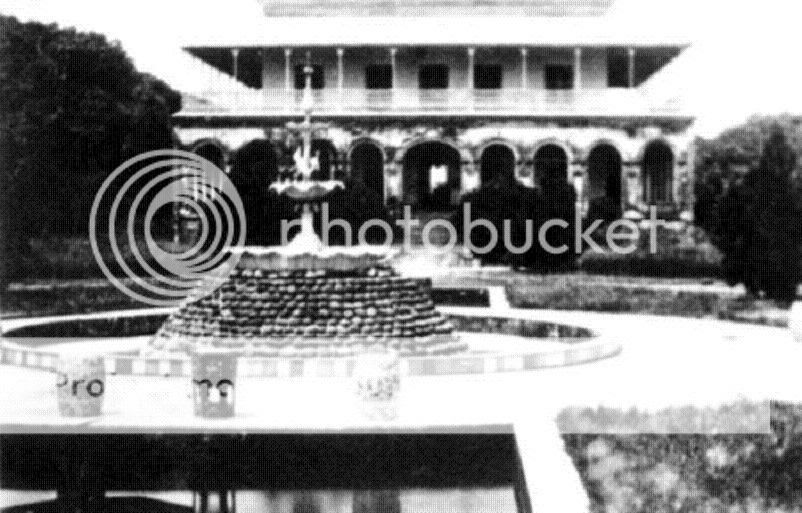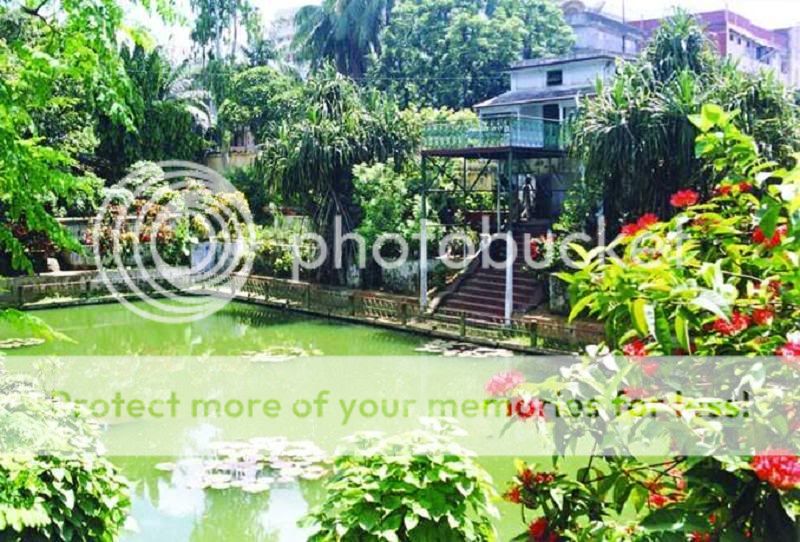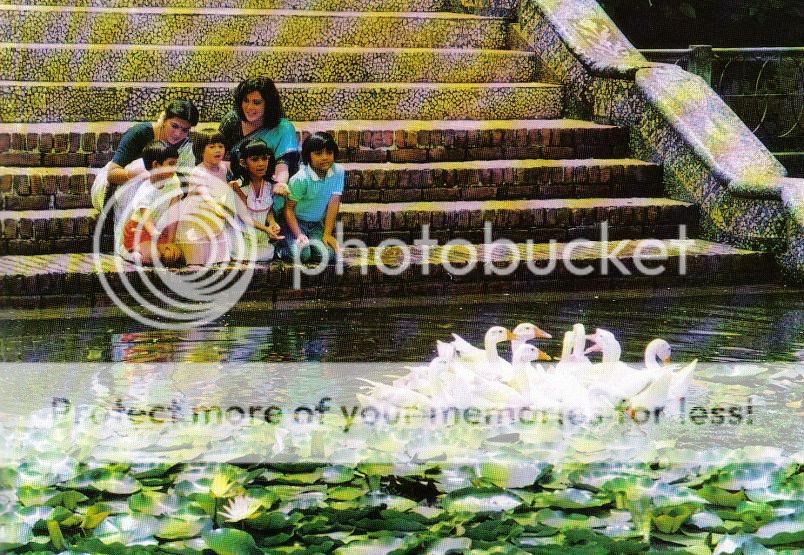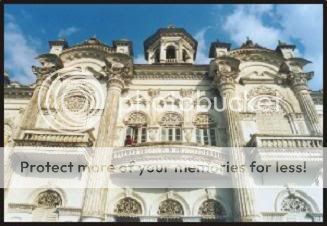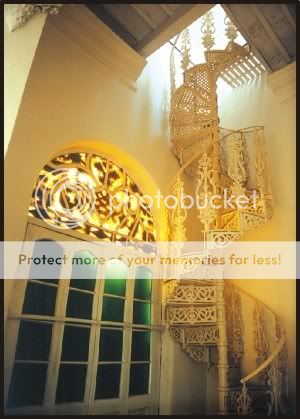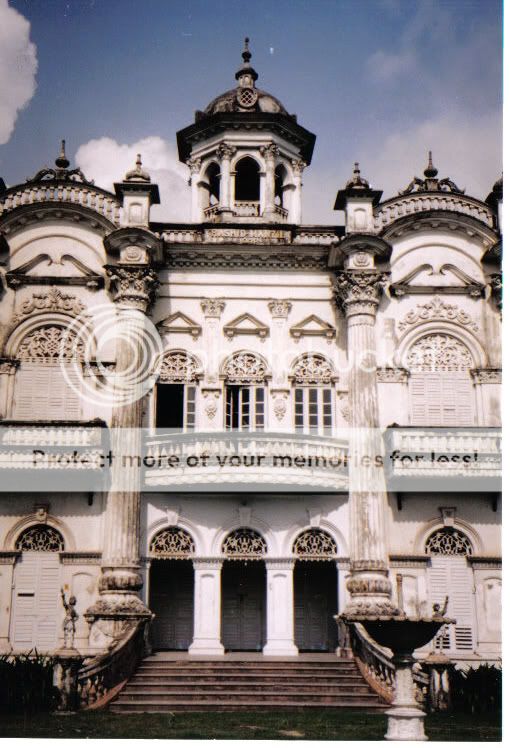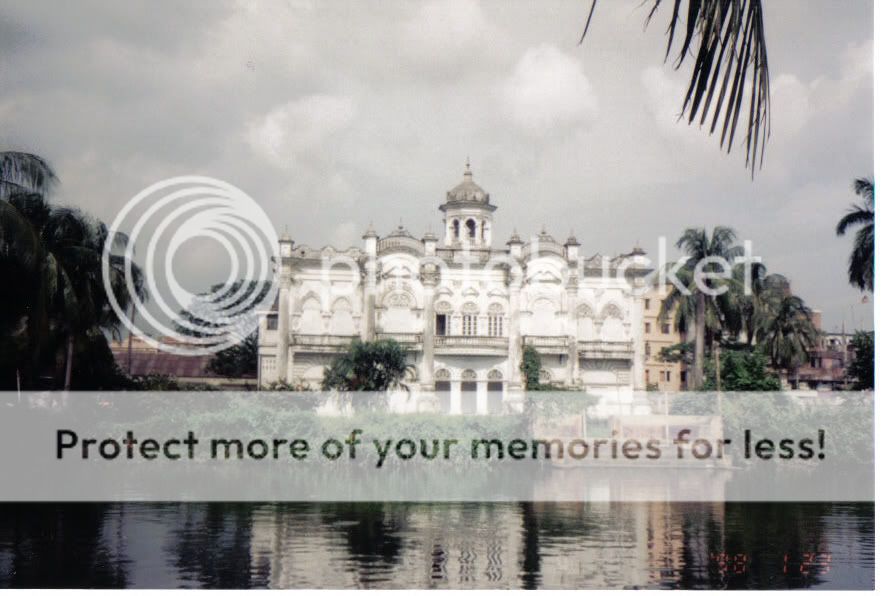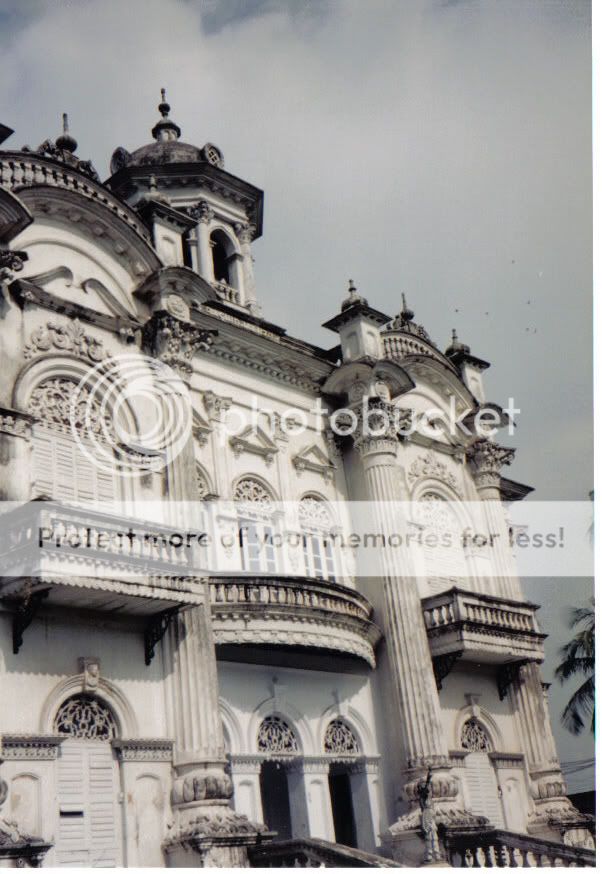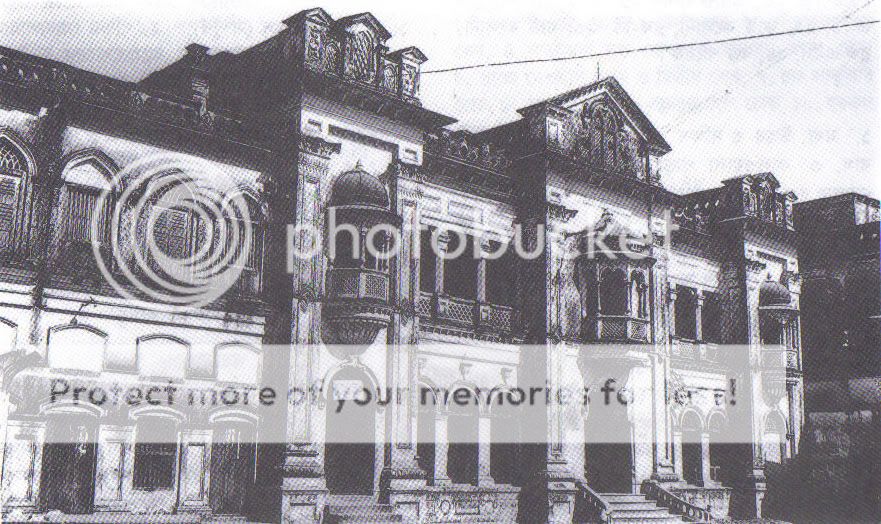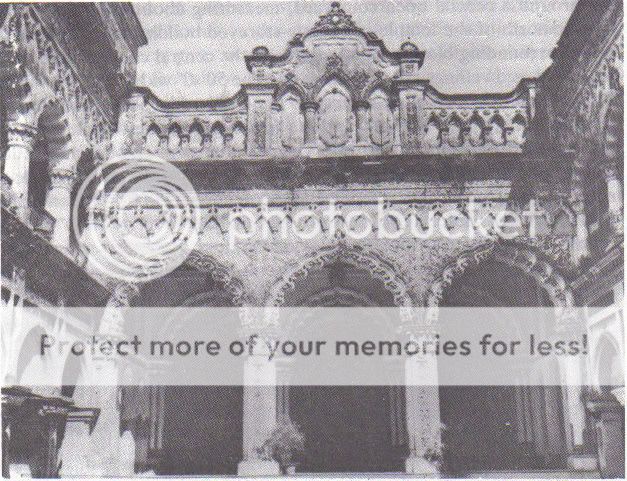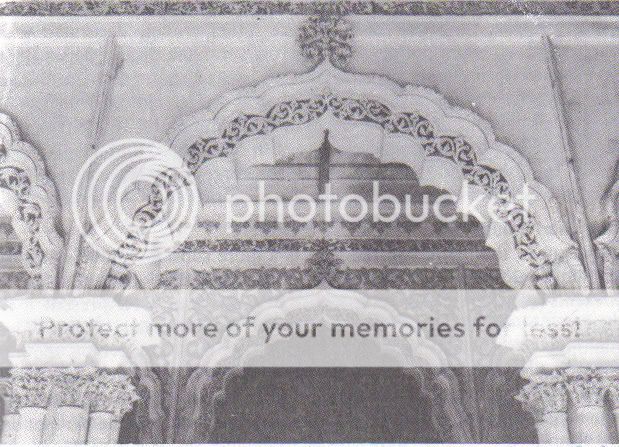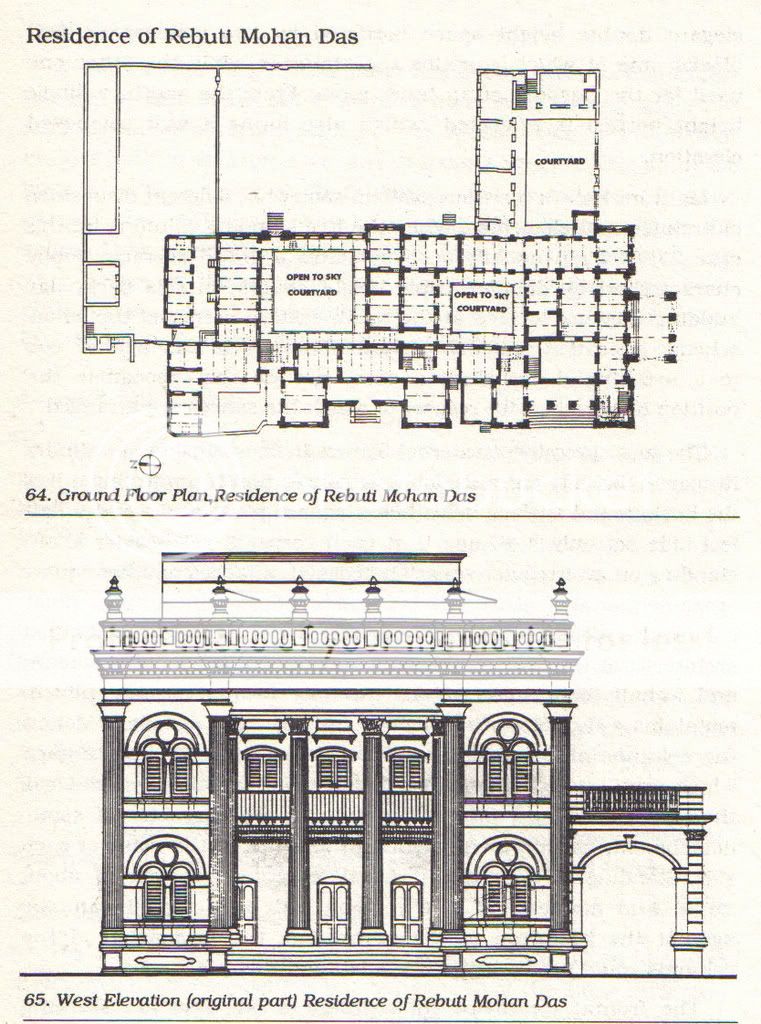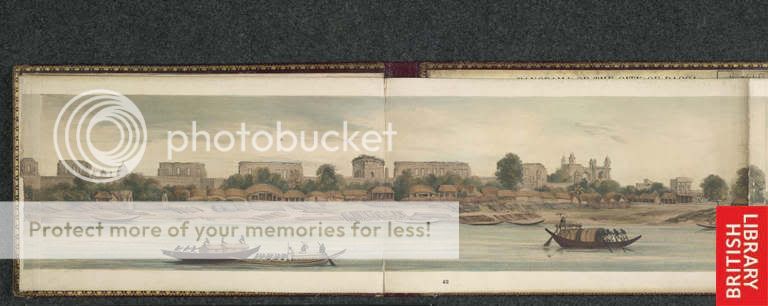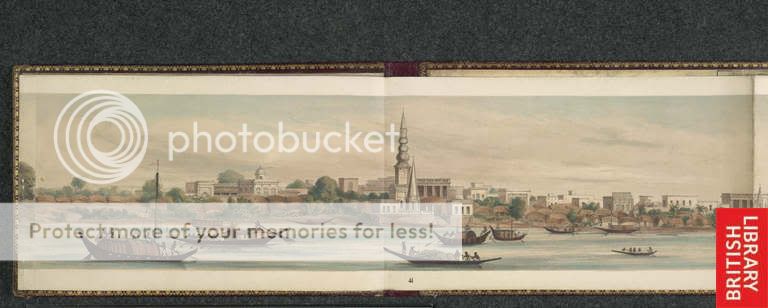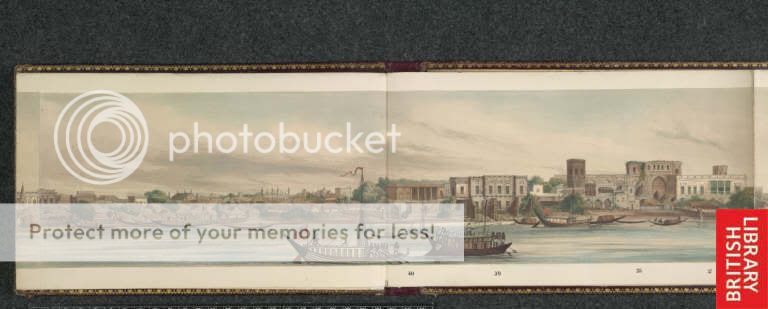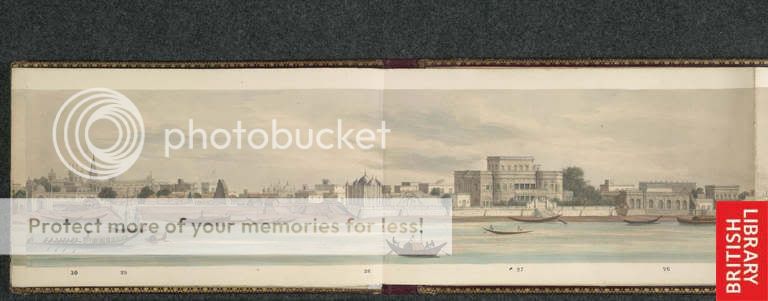CaPtAiN_pLaNeT
SENIOR MEMBER

- Joined
- May 10, 2010
- Messages
- 7,685
- Reaction score
- 0
Dhaka Gardens of Yesteryear: Dilkusha Garden, Part I
The "Nawab" family of Dhaka owned several garden estates near the city. Two of these, originally on the outskirts of of town, are now well within city limits. One of these was the Dilkusha garden ("Dil kusha" means "heart pleasing"). In Mughal times there was mansion known as Rang Mahal, built by one Mirza Mohammed, which stood on the land. Eventually the property came under the ownership of the Khwaja familyNawab Khwaja Abdul Ghani built the Dilkusha garden house for his son Ahsanullah in 1866. When Ahsan Manzil was badly damaged in the tornado of 1888, this house served for a time as the principal residence of the family.
In 1905, at the time of the first partition of Bengal, the government leased the southern part of this estate to construct a new government HQ and official residence of the Lt. Governor. After the creation of Pakistan, the residence of the Governor of East Pakistan was located here. Today the elegant Mughal inspired mansion is known as Banga Bhaban ("Bengal House") and is the official residence of the President of Bangladesh.
The northern part of the Dilkusha garden complex was acquired by the government in 1957 and added to the newly created Motijheel Commercial Area which was adjacent to the site. Various office buildings including RajUK HQ now occupy the land.
Below is a pic of principal mansion of the Dilkusha garden, which was located east of where the RajUK building is today:

This is Mosque of Shah Jalal Dakhini at Dilkusha. I am not sure exactly when it was built, but it probably dates from the Mughal period. Several members of the "nawab" family are buried within the mosque compound. The mosque survives today and is located next to Jibon Bima Tower.

"Manuk House" was built by the zamindar of that name and was located within the Dilkusha estate. You may recall that Manuk was one of the Armenians who found their fortunes in Dhaka - I posted a pic of his riverfront mansion in post 59 (page 3) of this thread. This building has also survived and today is located within the Banga Bhaban complex.
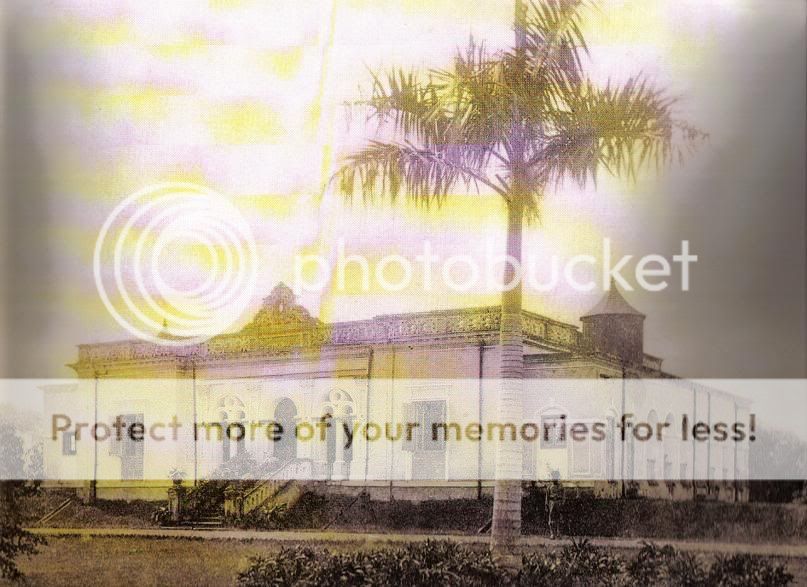
Farhat Manzil was another mansion of the "nawab" family within the Dilkusha Garden
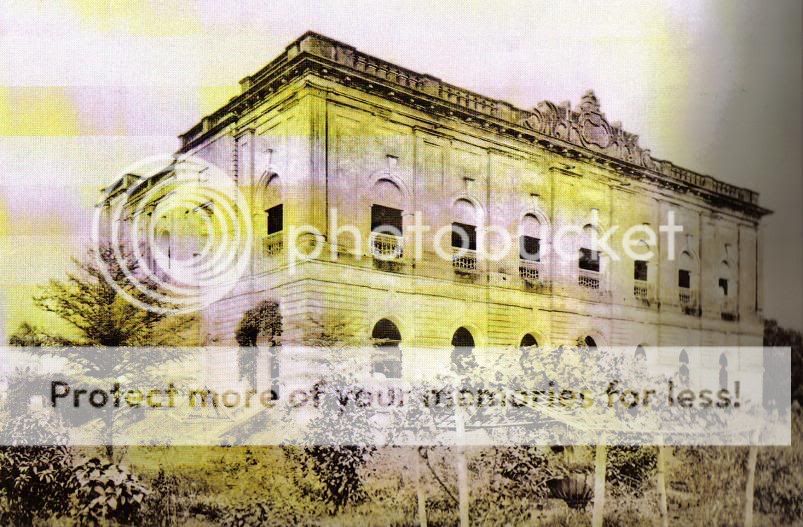
Part of the gardens at Dilkusha:

Pavilion on the edge of a pond in Dilkusha Garden. This pond still survives as part of the Banga Bhaban complex.

Bridge over a lake in Dilkusha Garden:

Deer in Dilkusha Garden:

The "Nawab" family of Dhaka owned several garden estates near the city. Two of these, originally on the outskirts of of town, are now well within city limits. One of these was the Dilkusha garden ("Dil kusha" means "heart pleasing"). In Mughal times there was mansion known as Rang Mahal, built by one Mirza Mohammed, which stood on the land. Eventually the property came under the ownership of the Khwaja familyNawab Khwaja Abdul Ghani built the Dilkusha garden house for his son Ahsanullah in 1866. When Ahsan Manzil was badly damaged in the tornado of 1888, this house served for a time as the principal residence of the family.
In 1905, at the time of the first partition of Bengal, the government leased the southern part of this estate to construct a new government HQ and official residence of the Lt. Governor. After the creation of Pakistan, the residence of the Governor of East Pakistan was located here. Today the elegant Mughal inspired mansion is known as Banga Bhaban ("Bengal House") and is the official residence of the President of Bangladesh.
The northern part of the Dilkusha garden complex was acquired by the government in 1957 and added to the newly created Motijheel Commercial Area which was adjacent to the site. Various office buildings including RajUK HQ now occupy the land.
Below is a pic of principal mansion of the Dilkusha garden, which was located east of where the RajUK building is today:

This is Mosque of Shah Jalal Dakhini at Dilkusha. I am not sure exactly when it was built, but it probably dates from the Mughal period. Several members of the "nawab" family are buried within the mosque compound. The mosque survives today and is located next to Jibon Bima Tower.

"Manuk House" was built by the zamindar of that name and was located within the Dilkusha estate. You may recall that Manuk was one of the Armenians who found their fortunes in Dhaka - I posted a pic of his riverfront mansion in post 59 (page 3) of this thread. This building has also survived and today is located within the Banga Bhaban complex.

Farhat Manzil was another mansion of the "nawab" family within the Dilkusha Garden

Part of the gardens at Dilkusha:

Pavilion on the edge of a pond in Dilkusha Garden. This pond still survives as part of the Banga Bhaban complex.

Bridge over a lake in Dilkusha Garden:

Deer in Dilkusha Garden:






